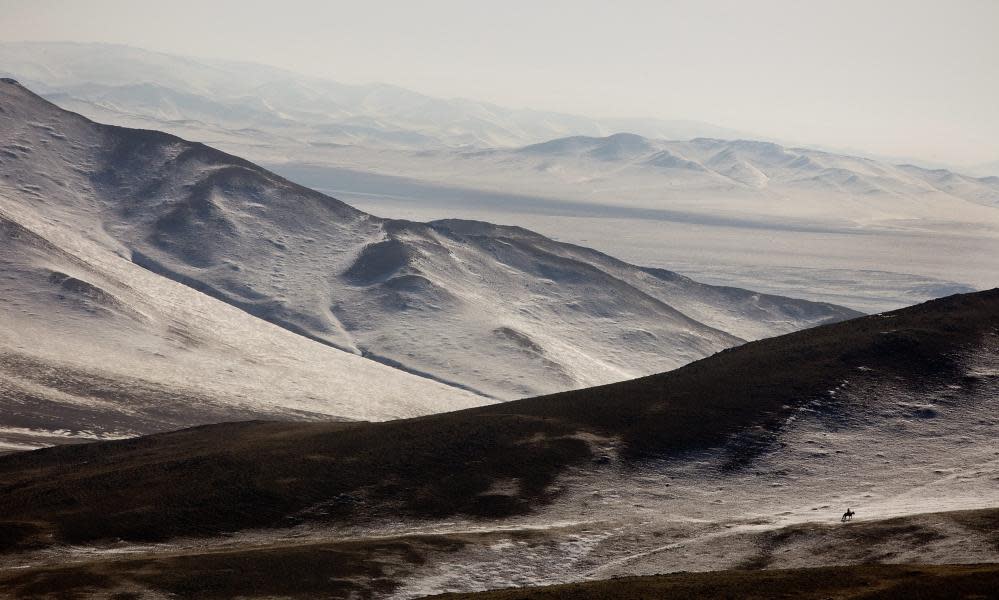Weatherwatch: landlocked Mongolia's distinctive climate

As the second largest landlocked country in the world after Kazakhstan, Mongolia has a very distinctive climate. Just like neighbouring areas such as southern Russia to the north and northern China to the south, Mongolia’s climate is characterised as continental, as opposed to the maritime climate of locations closer to the sea or ocean.
In practice, this means long and very cold winters, with average temperatures in the capital, Ulaanbaatar, staying well below freezing from November through to March, and reaching lows of almost -50C. In contrast, summer temperatures are in the low 20s, and can reach peaks of 36C.
Precipitation in the capital is almost nonexistent in winter, with virtually no snow. In the summer months, from June onwards, there is a small amount of rainfall, but the annual total here is just 200mm (less than 8ins).
Most of the country is covered with desert plains (in the south) and steppe grasslands (in the north and east, where there is a slightly higher rainfall). But in the west and north, mountain ranges rise to over 3,000 metres (roughly 10,000ft). The peaks are often covered with a light dusting of snow, and occasionally there is a heavier fall.

 Yahoo Movies
Yahoo Movies 
